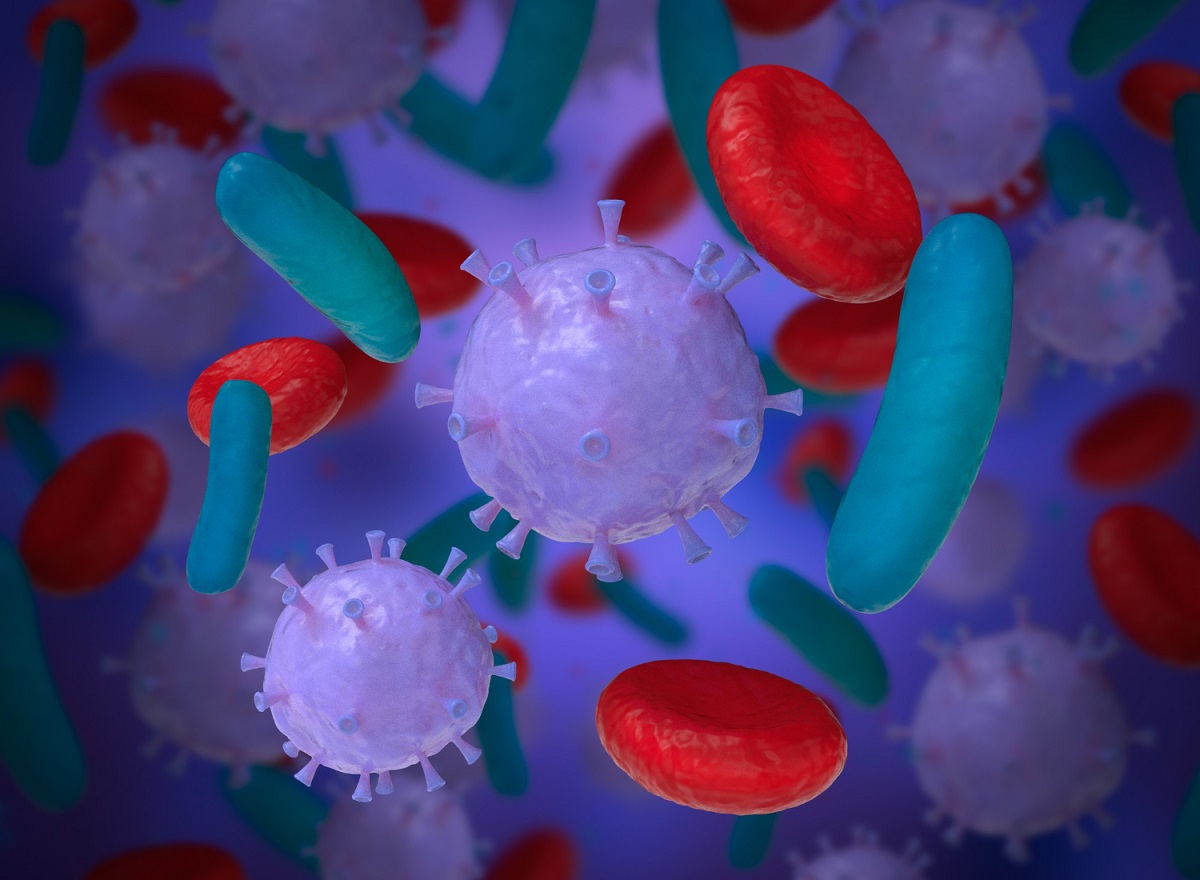KEY TAKEAWAYS
- The RUBY phase III trial aimed to assess the efficacy of dostar+nira/CP vs PBO+CP/PBO in pts with EC.
- The primary endpoint was PFS in the overall and MMRp/MSS.
- The results showed that PARPi maintenance following dostar/CP + dostar/nira significantly improved PFS & MMRp/MSS.
The part 1 of the trial involved patients (pts) with advanced or recurrent endometrial cancer (EC), those treated with dostarlimab (dostar) combined with carboplatin-paclitaxel (CP) demonstrated a significant hike in progression-free survival (PFS) and overall survival (OS) vs pts treated with CP alone. Adding a poly(ADP-ribose) polymerase inhibitor (PARPi) prospectively enhance further outcomes. Part 2 of the RUBY trial investigated the efficacy of dostar/CP followed by maintenance therapy with dostar/niraparib (nira; a PARPi) in these patients.
Mansoor Raza Mirza and the team focussed to evaluate the efficacy of dostar combined with CP followed by dostar+nira, compared to placebo (PBO)+CP followed by PBO (PBO/CP + PBO), in terms of PFS in patients with advanced or recurrent EC.
Researchers randomly assigned the pts in a 2:1 ratio to receive dostar 500 mg IV plus CP every 3 weeks for 6 cycles, followed by dostar 1000 mg IV every 6 weeks plus nira (starting dose of 200 or 300 mg PO daily) for up to 3 years from randomization. Alternatively, patients received PBO+CP every 3 weeks for 6 cycles, followed by placebo for up to 3 years. The primary endpoint was PFS evaluated in both the overall population and in patients with microsatellite instability-high or mismatch repair deficient tumors (MMRp/MSS populations).
Results indicated that out of 291 pts randomized (192 received dostar/CP + dostar/nira; 99 received PBO/CP), PFS significantly improved with dostar/CP + dostar/nira vs PBO/CP in both the overall and MMRp/MSS populations. Across histological subgroups including endometrioid carcinoma and other histologies, as well as various biomarker subgroups like TP53mut, the hazard ratio (HR) consistently favored dostar/CP + dostar/nira in the overall and MMRp/MSS populations. The observed safety profile aligned with that of the individual agents.
Further data revealed that in the dostar/CP + dostar/nira group (n=192), the median PFS was 14.5 months (95% CI 11.8–17.4), compared to 8.3 months (95% CI 7.6–9.8) in the PBO/CP + PBO group (n=99), yielding an HR of 0.60 (95% CI 0.43–0.82, P=0.0007) which favored the treatment arm. Among MMRp/MSS pts (n=142), median PFS was 14.3 months (95% CI 9.7–16.9) with dostar/CP + dostar/nira vs 8.3 months (95% CI 7.6–9.8) with PBO/CP + PBO, with an HR of 0.63 (95% CI 0.44–0.91, P=0.0060).
Exploratory analyses by histological and molecular subgroups consistently favored dostar/CP+dostar/nira, with notable HRs including 0.58 (95% CI 0.39–0.87) for endometrioid carcinoma and 0.53 (95% CI 0.32–0.88) for other histologies. Molecular subgroup analysis showed significant HRs favoring treatment in groups such as TP53mut (HR 0.29, 95% CI 0.13–0.63) and dMMR/MSI-H (HR 0.45, 95% CI 0.20–1.05).
Part 2 of the trial concluded with the acievement of its primary endpoint, demonstrating significant PFS improvement in both MMRp/MSS and overall populations. Ongoing analysis for OS is underway. Safety profiles were as expected. These findings suggested PARPi maintenance may benefit patients receiving dostar/CP, particularly those with MMRp/MSS tumors.
The trial was sponsored by Tesaro, Inc.
Source: https://cslide.ctimeetingtech.com/gynae24hybrid/attendee/confcal/show/session/10
Clinical Trial: https://www.clinicaltrials.gov/study/NCT03981796
Mirza M R, Ghamande S, Hanker L C, et al. (2024). “Progression-free survival (PFS) in primary advanced or recurrent endometrial cancer (pA/rEC) in the overall and mismatch repair proficient (MMR/MSS) populations and in histological and molecular subgroups: Results from part 2 of the RUBY trial.” Presented at ESMO-GC 2024. (Abstract 38MO)



